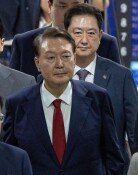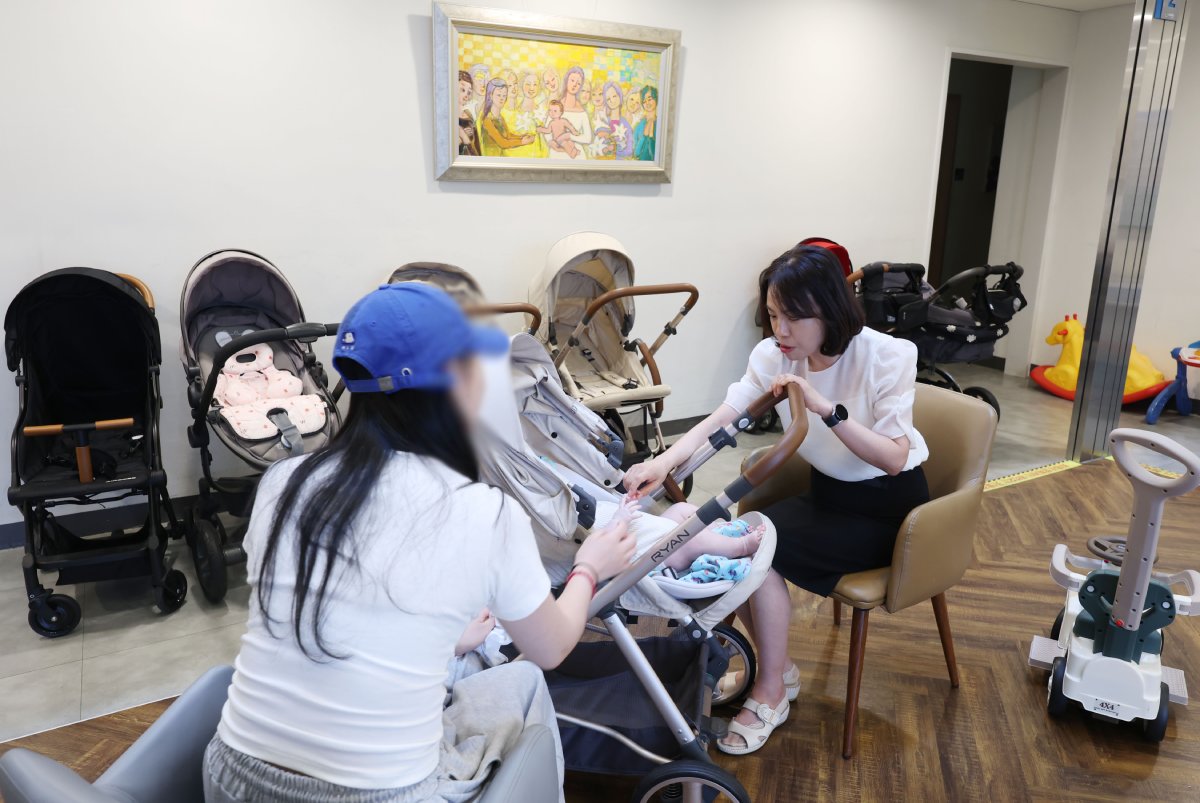Double reform sought
Taking into consideration the injection of public fund in the early 1998, calculated at 64 trillion won, it is possible to estimate the degree to which the industrial sector had become debilitated. However, it is difficult to fathom the degree to which the financial institutions have established protective mechanisms to ride-out the insolvency leading to non-performing commercial loans in its aftermath.
With the dismantling of the Daewoo Group, the call for walk out by the Sae-han Group, and Hyundai Group`s liquidity problem further providing obstacles, the financial institutions which had been deemed sound may not have had the ability to adequately deal with such turn of events.
Even with the influx of public fund of 64 trillion won, the once-considered infallible Daewoo Group, could not escape the dismantling with its main subsidiaries targets of walkouts; The Sae-han Group called for a walk-out; Hyundai Group faced shortage of 50 billion won in liquid management assets. All of these have added to the strain in the financial market. Simply put, the calculation of financial industries asset shortfall must be much greater than the 64 trillion won.
As the nation stands at the crossroad of second-round of financial reform, a careful consideration and implementation must be carried out simultaneous in both the financial and industrial sectors in order to prevent the domino effect of industrial sector`s shortcomings upsetting the stability of the financial sector. The reform must make certain that the side-effects of its implementation do not call for yet another round of reforms, creating a vicious catch-22 situation.
As of June 30th, the collective (latent financial shortfall) of the banking institutions have been revealed to be 3.9 trillion won and 1.9 trillion won for the securities and trust investment companies. While these figures need greater scrutiny, taking them at face value brings a sigh of relief as the figures are well below the dire predictions. In the light of the fact that our financial market has a short term floating fund estimated at 200 trillion won, the current estimated latent shortfall of 6 trillion won can easily be absorbed through public depreciation and purchase of public bonds. As such, with the public`s willingness to better understand and absorb the latent shortfall, the nation can brush off the anxiety and apprehension in the financial market and the financial reform could be carried through to rid our nation of industrial and financial instability.
A more stringent accountability must be put on the insolvent companies as call is made to the stockholders of the insolvent companies for capital increase. The reduction of the financial institutions unable to meet its financial responsibilities must be brought about, and then the public should be encouraged to secure the banks through capital deposits. Only then, a "cleansing" of the financial and industrial institutions can take place. Through such means, the financial structure of the companies as well as financial institutions may come about.
Such reform would not necessitate yet another round of reforms. Furthermore, through such measures, a shift in the significance of the "indirect fund" will be affected with a greater importance of the "direct fund". Such shift would rectify the main cause blamed for the so-called "IMF Crisis", none other than the "shoddy financial structure".
While the reason for the necessity of implementing the second round of financial reform has been much touted, there really has not been much information on the procedural details. The current proposal by the government to merge the banks through financial holding institution mechanism has become the target of the government-labor union dispute rather than a discussion issue. One side in the dispute has taken the America`s Citicorp as an example to lay down the pros and cons of the financial holding institutions. However, the opponents have accused the government of placing such system in place to provide a coffer from which they may use as their personal treasury, and also to unjustifiably reduce the labor force in the banking industry.
The main objective of the financial reform is to give birth to a effective financial system. For the greater goal, our nation must either adopt a new system of financial investment banking system or establish financial holding bank system to increase the effectiveness of the secondary financial institutions. The main objective also calls for a system of free stock market system so that the primary financial market can run normally and unhampered. Whichever route is taken by the nation, it must lead to the final goal for it to be of value. The method of achieving the goal should not become the focus of contention.
Accordingly, in formulating the procedural program of the financial reform, a careful examination of each method must be made which include its direct and indirect impact as well as its feasibility. The nation ought to take the path of "lesser evil" in choosing the reform policy and must be cautious to avoid all misunderstanding and confusion concerning its choice.
by Lee Chun-Pyo, Professor of Economics at SNU







